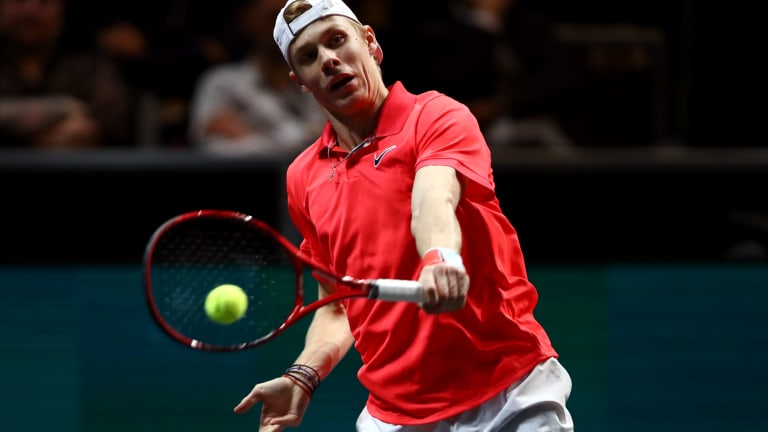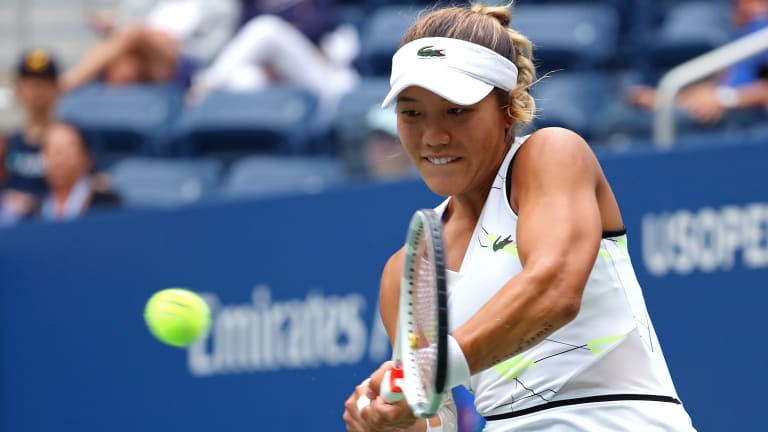Roger Federer is already out of the US Open, as well as whatever may be left of this year’s tennis season, after undergoing another recently announced knee surgery.
Rafael Nadal has barely touched a racquet for three months while holed up in his apartment in Spain. The defending US Open champion has also said that he loathes the idea of playing in a cavernous arena with no screaming fans to spur him to victory. Not to mention the fact that the French Open, which Nadal has won a record 12 times, is currently being contested just two weeks after the US Open, much closer to home.
And then there’s world No. 1 and reigning Australian Open winner Novak Djokovic, who has voiced opposition to traveling with only one member of his entourage, to having to arrive to the U.S. in time for a two-week quarantine period and to being told that he must forego New York City and stay at the TWA Hotel near JFK Airport alongside every other player and tournament official. And who knows how the vaccine-averse Djokovic will feel about having his temperature taken daily and his body monitored for signs of COVID-19.
“Most of the players were quite negative on whether they would go there,” Djokovic said about the US Open earlier this week. “These are quite extreme conditions for playing and I don’t think this is sustainable.”
Djokovic has suggested that he might instead renew his season on European clay in September; in response, Danielle Collins ripped the Serbian on Instagram for not supporting less financially stable players who need to rejoin the tour in order to make a living,
Besides Collins, few women have spoken up either way—other than world No. 1 Ashleigh Barty and world No. 2 Simona Halep, who have both expressed concern about the travel restrictions involved in making the overseas journey to New York. Currently, 66 of the ATP Top 100 men are from Europe, including every member of the Top 10. Sixty-six of the WTA Top 100 hail from Europe as well.
The fact is, the coronavirus pandemic has claimed more lives in the United States than anywhere in the world, and more lives in New York than any other state in the U.S.
The USTA is doing everything in its power to host the US Open, in New York and on time. Believing it good for the economy—the tournament typically brings in $350 million in annual revenue and generates more than $750 million in economic impact to New York City, though that figure is based on some 850,000 visitors that will not be allowed on site this year—USTA officials are busy arranging for chartered flights from various cities worldwide, seeking ways to pipe in simulated noise to make up for the fan-less stadiums and offering top players luxury suites once occupied by sponsors.
In the absence of live spectators, the tournament will become a made-for-TV event, except that announcers will likely be commentating from off-site. In the interest of social distancing, press conferences are likely to be held via Zoom. In short, this year’s Open, assuming health officials give the go-ahead, will be more closed than ever.

